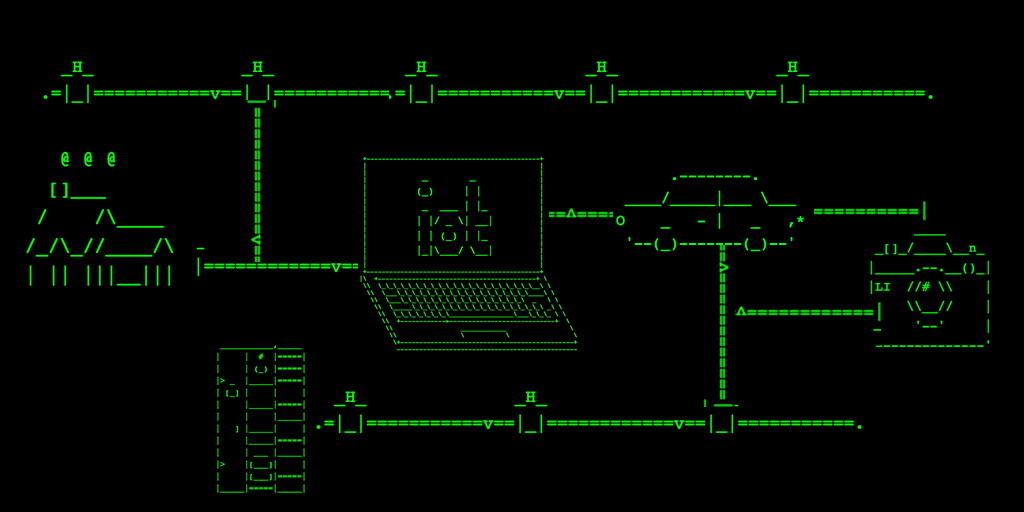Simon Weckert recently conducted a piece of performance art that we should pay attention to. His act has gotten a little bit of media coverage, but there seems to be an unfortunate and subtle attempt to discredit his work in the process. The artist is far from “crazy,” and to my mind is one of the few contemporary artists actually doing his damn job. Any artist concerned with broadly defined “fine art,” or as I like to call it, capital “A” Art, should see the value of using their Art as a vehicle for social commentary. Banksy does this. So do many Artists you may never have heard of, such as Hito Steyerl, Jules LaPlace, Adam Harvey, and Trevor Paglen. I am sure there are others, but these come straight to mind. But I digress…
The reason we should pay attention to Simon Weckert is that he wonderfully demonstrates the vulnerability of current and future map-based information systems. In his performance piece he walks around the streets of Berlin, Germany, toting a red toy handcart full of smartphones, and in doing so automatically interacts with and manipulates Google’s near real-time traffic map system. This in turn could affect the real traffic in the area.
You see, Google uses the number of smartphones in the area as the basis of its data input to determine the level of traffic, and Weckert’s performance made it look like there was a traffic jam when in fact the streets were nearly empty at the time. His actions, or others like it, have the capacity to impact the situation on the ground, depending on how many vehicle drivers are using the erroneous map to navigate. If they see a traffic jam, they may try an alternate route, and in this manner, the performance could be used to clear a road.
In the future, the impact of such actions will be greatly compounded by several factors. The deployment of 5G communications, proliferation of Internet of Things (IoT) devices, and artificial intelligence (AI), combined with robotics in the form of automated, self-driving cars, could make a particularly dangerous technology cocktail. New 5G networks will enable the deployment of significantly more real-time or near real-time systems like Google’s traffic map. The IoT will provide the sensors that generate data that will become input to those systems (just as Weckert’s smartphones function as sensors simply via their presence, inputting data to Google’s traffic system). The future complication will be the addition, and we can presume, far greater reliance upon, robotics and AI, in the form of self-driving vehicles.
One of the shortcomings of AI is that these systems have no intuition to determine how valid the input is. All input is equal, and while AI systems may learn that some types of input should not be trusted, it is not something they start with or intuitively know. So those cars will make decisions based on input, and if that input is born out of trickery, then fuckery is the likely result.
Weckert’s demonstration of this phenomenon is benevolent, but we should not ignore the ways it could be exploited for harm. Imagine for a moment, in the not-too-distant-future, a significant crime. Let’s say it’s an act of terrorism. The sophisticated terrorist could utilize a combination of smartphones to clear roads, and radio jamming technology to block cell phone signals and make other roads appear empty when they are not, to re-route traffic at will and create traffic jams. That strategy could serve to block emergency services, slowing down an ambulance arriving at the scene of the terror act and delaying assistance to victims. It could also be leveraged to frustrate law enforcement’s capacity to chase or capture the terrorists.
Let’s imagine what happens when our personal IoT devices, running on 5G connectivity, provide the data to the AI-powered decision-making systems for self-driving vehicles. The possibilities for bad actors to manipulate these systems are endless, limited only by the perversity of the twisted mind that can contemplate them. One could use trickery to falsely represent a stationary obstacle in a traffic path, or make a real stationary obstacle invisible to all the vehicles on that road. When IoT devices, AI systems, and robotics converge, there will be real-world consequences, and adding more technologies and devices to the cocktail will only multiply the risks that already exist.
The big picture: when augmented reality becomes the norm, and more people grow to trust it, if it is then compromised with faked data, bad shit will happen. It is a mistake to build these systems without transparency or accountability. Creating the future that we want entails gaining a clear-eyed understanding of the weaknesses of the emerging technology systems we are building now. So instead of labeling Simon Weckert “crazy,” let’s all thank him for raising a critically important point about trusted input to the systems that are likely to have an ever-increasing impact in all our lives.
